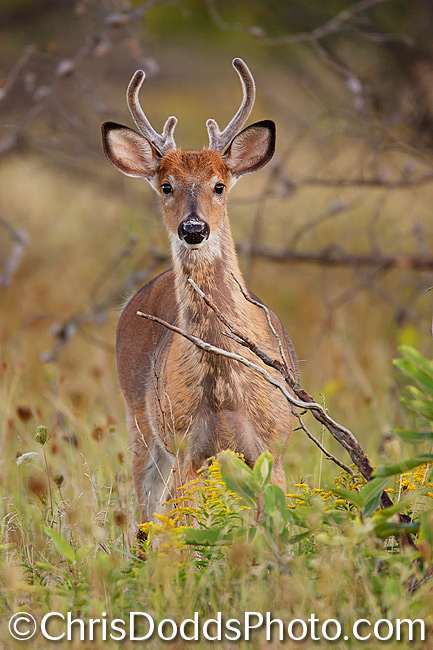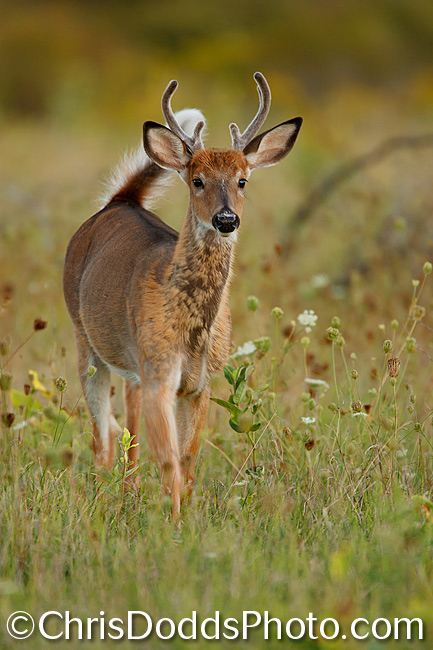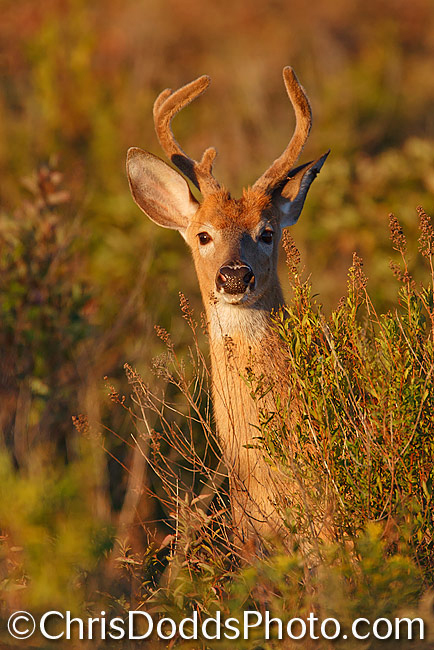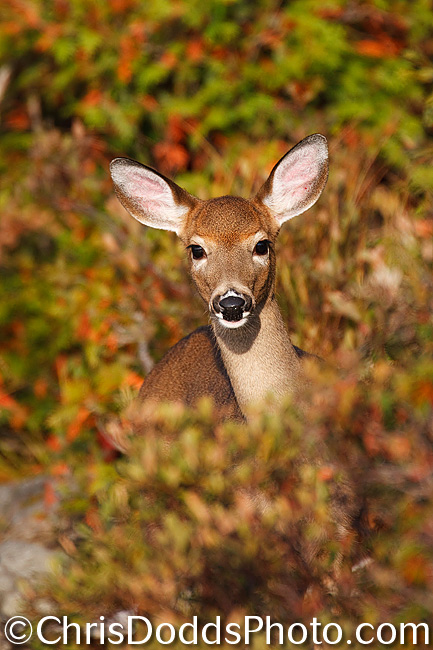


SpiderPro Holster Review
I've been hanging my heavy 1D Mark IV with 70-200F2.8 IS II lens over my shoulder, or around my neck for years, and with a bad neck and back; I've had enough. I set out on a quest; find a simple, but efficient way to hold my second camera while working with a tripod mounted primary long lens. Let’s face it; we all spend a lot of time waiting for the right “moment”, and don’t want anything in our way when it presents itself.
Shai Eynav just sent me a review sample of the SpiderPro System, and I love it; in fact, this may be my favorite new photography accessory. The SpiderPro System is a remarkable new way to carry your camera. I got the whole kit and caboodle; a nylon belt (Spider Holster Belt) with a holster shaped flap (Spider pad) to protect your camera from any metal studs in your jeans, and provide a little comfort cushion between your hip and your camera. The belt buckle even requires two hands to release, making it impossible to accidentally come undone. When secured around your waist, with the holster shaped flap (Spider pad) on your side, there's an ingenious cast aluminum/stainless steel slotted holder (SpiderPro) which receives the metal pin (Spider pin) that attaches to the Spider plate, which, in turn, is securely fastened to your camera. There’s even a safety latch, which you decide weather to engage, or not. The unique design ensures the camera and lens stay in the horizontal position; this keeps the lens from touching the ground when crouching or kneeling, as it would if the lens was pointing down. Shai has thought of everything; he's even placed four threaded holes in the Spider plate for easy quick-release plate attachment.
With the Spider Holster, my camera now hangs comfortably by my side ready for action. There’s no better way to get the weight of my neck, shoulders and back than this! When the “moment” presents, I’m ready; thanks to Shai Eynav and his marvelous invention, the Spider Holster. In the wilds of Alaska or Tanzania, at a press event in the city, or in the home studio, the Spider Holster will prove invaluable to any photographer. Find out more, or order yours at www.spiderholster.com

